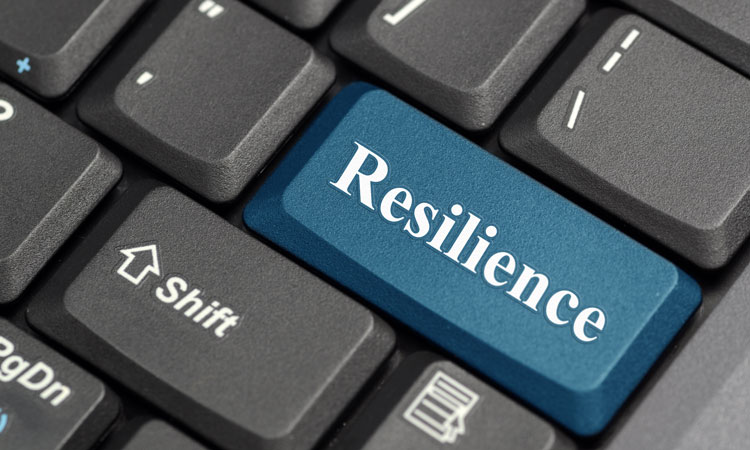Industry resilience is key to economic recovery post COVID-19
- Like
- Digg
- Del
- Tumblr
- VKontakte
- Buffer
- Love This
- Odnoklassniki
- Meneame
- Blogger
- Amazon
- Yahoo Mail
- Gmail
- AOL
- Newsvine
- HackerNews
- Evernote
- MySpace
- Mail.ru
- Viadeo
- Line
- Comments
- Yummly
- SMS
- Viber
- Telegram
- Subscribe
- Skype
- Facebook Messenger
- Kakao
- LiveJournal
- Yammer
- Edgar
- Fintel
- Mix
- Instapaper
- Copy Link
Posted: 23 April 2020 | Tom Ganley - Australian Airports Association | No comments yet
Tom Ganley, Australian Airports Association (AAA)’s National Chairman, details what will be required to stabilise aviation once the COVID-19 pandemic is over.


We are clearly living in extraordinary times as the world responds to COVID-19. It goes without saying that our airports are facing significant impacts as we deal with the sudden and dramatic fall in passenger demand across the globe.
Of course, Australian airports are not alone in facing this challenge. ACI World predicted that global airport revenue losses could be as much as US$46 billion. IATA expects airline passenger revenues will fall by 44 per cent compared to 2019 levels if severe travel restrictions remain in place for the next three months.
Our airports’ priority is the health and wellbeing of staff and passengers, and we are working daily with the government to ensure that we are responding to the latest and best advice. While the aviation industry was certainly among the first to feel the impact of these events, we know that we are not alone, as many in the wider community are facing an uncertain future as a result of the COVID-19 outbreak.
The AAA has already observed that these events will impact our airports with a severity not seen before. Every passenger that doesn’t fly is not just a loss to us, but a loss to the retailers in our terminals, the taxi and ride-share drivers, and the many businesses we work alongside. At the same time, our costs change very little. We still need to keep the runways open and the lights on. We need to keep our airports safe and secure for the passengers that continue to fly.
But the resilience of our industry will also be key to the economic recovery of our community.
Despite these unprecedented events, Australia’s airports are doing everything they can to remain open and secure jobs. Essential travel will continue to be required, and the passengers that do choose to fly must feel safe, secure and supported when they’re at the airport. We must support a robust supply chain, as our communities rely on daily essentials to get through these uncertain times. In a country as vast as Australia, emergency health services – like the flying doctor – will be more important than ever.
At the time of writing, the Australian government had already moved quickly to support our airline partners, with a relief package to provide immediate assistance as they scaled back their operations. This was a good first step in ensuring the sustainability of our industry and will help to ensure that our airline partners remain resilient during the COVID-19 pandemic.
Regional Australia will need additional support too, as smaller airports that were already struggling to make ends meet will now need to fight to keep the skilled staff that allow them to maintain their operations, even as some regional airports have already lost all or most of their RPT services. Meanwhile, our major airports are doing what they can to protect the infrastructure investment pipelines that will need to be ramped up again when the time for recovery comes.
The industry’s focus must remain on the long term. We will be there for the passengers that are continuing to fly today, and we’ll be there when the time to rebuild arrives. But our industry, during its most difficult moment, will need flexibility and support in meeting this significant challenge.

















